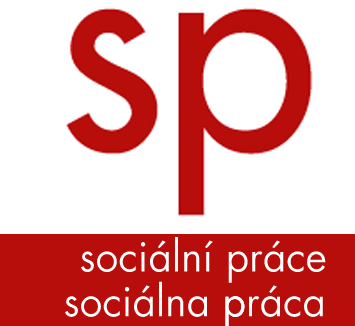Marie Špiláčková
Medailon autorů:
Dr Marie Špiláčková is a graduate of the doctoral study programme of Social Policy and Social Work at the Faculty of Social Studies of the University of Ostrava in Ostrava. At present, she works at the same faculty, at the Department of Social Work as an assistant professor specializing in theories of social work and methods of social work with individuals. In both her diploma thesis and dissertation, she dealt with the development of social care and social work in Czechoslovakia in the period of the 70s and 80s of the 20th century. Findings presented in this professional essay are a result of long-time work of historical nature.
Anotace:
The objective of this article is to react to negative evaluations of the 70s and 80s of the 20th century in Czechoslovakia published by contemporary authors. Findings obtained on the history of social care and social work in the studied period rest upon scientific procedures using relevant research strategies. Methodologically, the results are based on historical research, which is a specific type of scientific research dealing with history. Primary and secondary sources of written character deposited in the Research Institute for Labour and Social Affairs in Prague and the Ostrava City Archive are the subject of this research. To ensure validity of the findings from the content analysis, the research technique of questionnaire and semi-structured interview is applied within the methodology triangulation. Social care after 1970 concentrates on five areas of interest: care for elderly citizens, care for citizens with changed work abilities, care for children, young people and family, care for socially maladjusted citizens, and care for citizens of Roma origin. In terms of its content, the article deals with common features of social care indentified in the particular target groups.
Klíčová slova:
historie sociální práce, historický výzkum, sociální péče, cílové skupiny
s. 49–59






